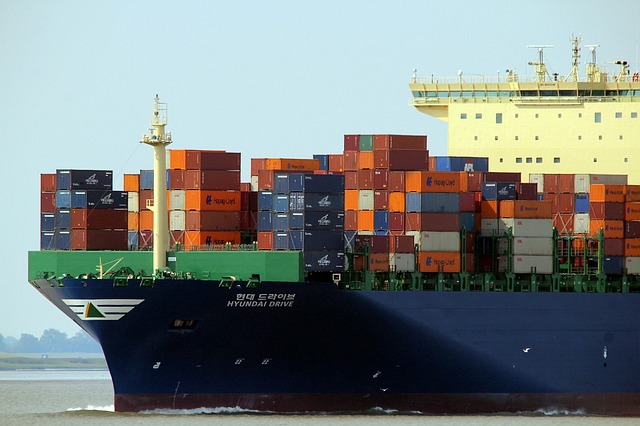Visibility over the location of your containers is critical if you’re a shipper, importer, or exporter. Unless you track your containers at each stage of their journeys, ensuring reliable and on-time arrivals is impossible. Your organization can lose money if it doesn’t track its shipments and they go missing or experience delays.
Cargo or container tracking tools allow shippers to track the locational data of their sea cargo. These tools provide the cargo’s exact coordinates, port details, and other important information. A top shipment tracking tool always boosts’ a company’s productivity, accountability, and profitability.
Thankfully, modern-day shippers can choose from different real-time cargo tracking tools. They can even monitor their cargo at all times by using different cargo tracking tools. Should you opt for one cargo tracking tool, or should you use different tools? If you’re using only one tracking tool, what features should it offer? Let’s explore your options.
The Different Types of Cargo Tracking Systems
Here are the basic cargo tracking systems that most cargo tracking tools use–
- Standard Tracking: This basic form of container tracking system records the movements of the cargo’s journey as it passes through major ports. This type of data is scattered. Standard tracking systems don’t provide a complete picture of the cargo’s status and location.
- GPS Container Tracking Systems: These systems use GPS technology (Global Positioning System) to declare the real-time location of containers on merchant’s vessels. Containers need to have GPS tracking tools (with battery packs) installed inside for these systems to work effectively. GPS container tracking systems can even show the container’s temperature, travel speed, latitude, and longitudes. Some advanced GPS container tracking systems even provide “shock reports” documenting the damages ensued by the cargo during transportation.
- Automatic Identification Systems: Automatic Identification Systems (AIS) collect digital data from nearby AIS stations on ships, satellites, bases, etc. If your container is next to an AIS station, your AIS tracking system will instantly detect its location. AIS stations are present on all merchant ships, satellites, bases, and ports. Hence, you can determine the exact loading/unloading time of your cargo using the data from the AIS systems. This digital data exchange with nearby AIS stations gives AIS-powered cargo tracking tools increased data accuracy.
- Multi-Tracking Systems: These systems are specifically designed for logistics service providers. As the name suggests, multi-tracking systems collect locational data using a variety of technologies. Your multi-tracking system may use GPS data, AIS data, and other types of data to determine your cargo’s location. These real-time tracking systems are by far the most efficient.
Which Tracking System Should You Choose?

From a cost and convenience perspective, investing in one multi-tracking system makes the most sense. These systems can provide rapid responses and second-by-second updates regarding cargo coordinates. You can now fully integrate multi-tracking systems on your websites.
By doing so, you can make your website the direct source of all information regarding the location of your containers. Invest in one secure, easy-to-use, and low-cost multi-tracking system. Use it to optimize your delivery schedules.




